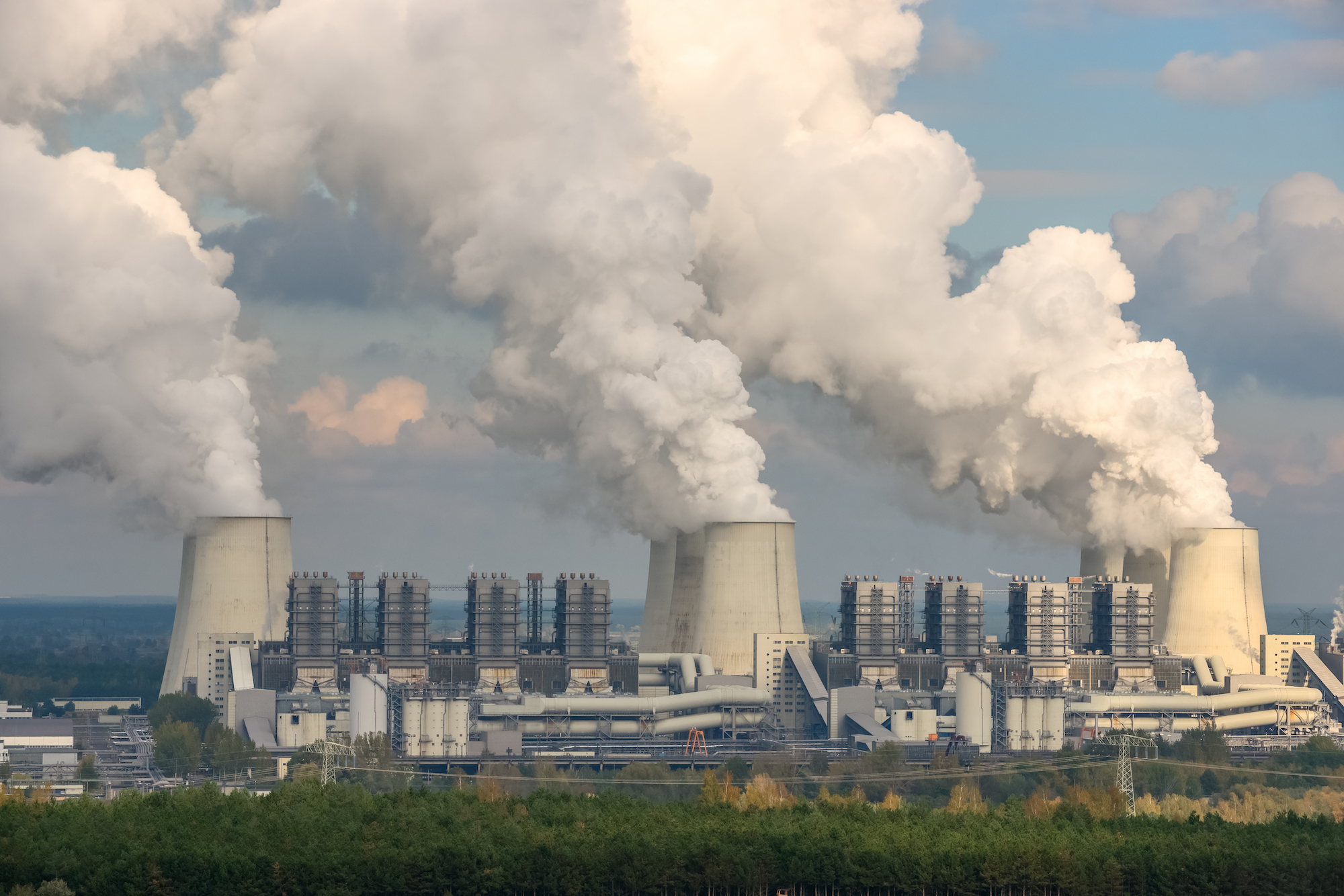
Carbon removal will be needed to meet global climate goals
Researchers at the Potsdam Institute for Climate Impact Research (PIK) have found that the amount of coal power still being used across the globe is likely to put the climate targets established in Paris out of reach, regardless of the expanse of clean energy.
Across many industries, decarbonization is not as simple as it is in others. This investigation is the first to focus on those sectors whose systems are not as easily transformed to clean forms of power.
Study co-author Shinichiro Fujimori is a researcher at the National Institute for Environmental Studies (NIES) and Kyoto University in Japan.
“We wanted to decipher what really makes the difference in terms of carbon budgets and residual emissions,” explained Fujimori.
“To identify crucial decarbonization bottlenecks towards 1.5-2°C stabilization, we focused on the role of fossil fuel emissions that originate in industries like cement or steel making, fuel our transport sector from cars to freight to aviation and goes into heating our buildings.”
“These sectors are much more complicated to decarbonize than our energy supply, as there are no such obvious options available as wind and solar electricity generation.”
These are the activities that ultimately affect estimates of how much carbon dioxide will be emitted within this century, how much the world will have to rely on negative emissions, and if the Paris climate targets will be feasible.
According to the study, to stay within the 1.5°C target limit, the remaining cumulative carbon budget could be as low as 200 gigatons of CO2 between now and the end of this century. However, at the current rate, 4.000 gigatons of CO2 will be emitted by 2100. The researchers concluded that negative emissions have now become mandatory.
“We found that even with enormous efforts by all countries, including early and substantial strengthening of the intended nationally determined contributions (the NDCs), our calculations show that residual fossil carbon emissions will remain at about 1000 Gigatons of CO2,” explained study lead author Gunnar Luderer from the PIK.
“This seems to be a lower end of what can be achieved with even the most stringent climate policies, because much of the residual emissions are already locked-into the system due to existing infrastructures and dependencies on fossil fuels.”
“To aim for the ambitious 1.5°C target for end-of-century warming would mean that an incredibly huge amount of at least 600 Gigatons of CO2 removal was required. So negative emissions are no longer a choice but rather a necessity.”
Study co-author Elmar Kriegler said that climate mitigation is a complex problem that, in the end, boils down to simple math.
“If the Paris targets are to be met, future CO2 emissions have to be kept within a finite budget,” said Kriegler. “The more the budget is overrun, the more relevant will carbon dioxide removal technologies become, and those come with great uncertainties.”
“While it may still be difficult to determine the exact remaining CO2 budget for 1.5°C, one thing is very clear: Ambitions to reduce fossil fuel emissions have to be ramped up substantially and soon to keep doors open to meet the Paris targets.”
The study is published in the journal Nature Climate Change.
—
By Chrissy Sexton, Earth.com Staff Writer













